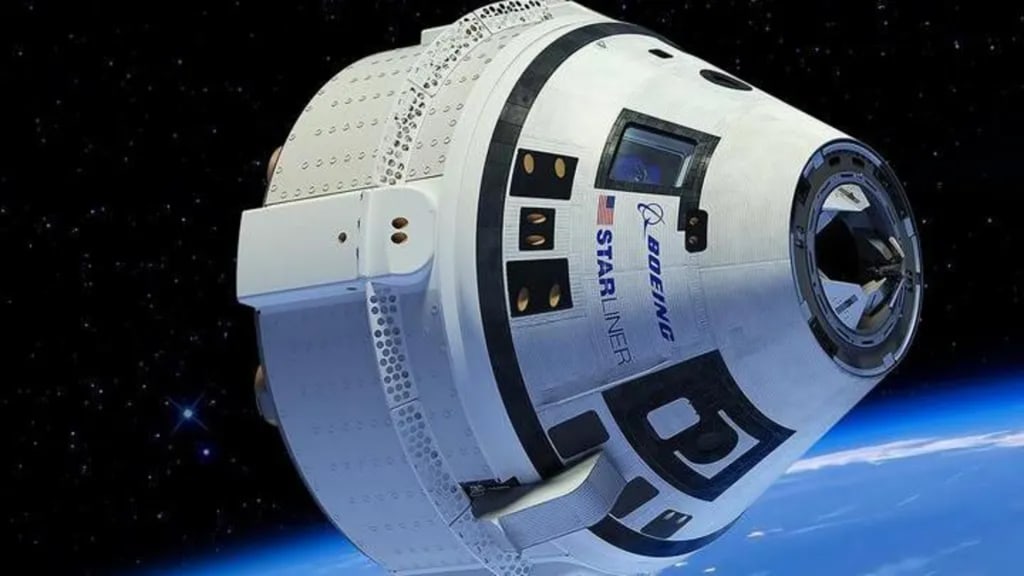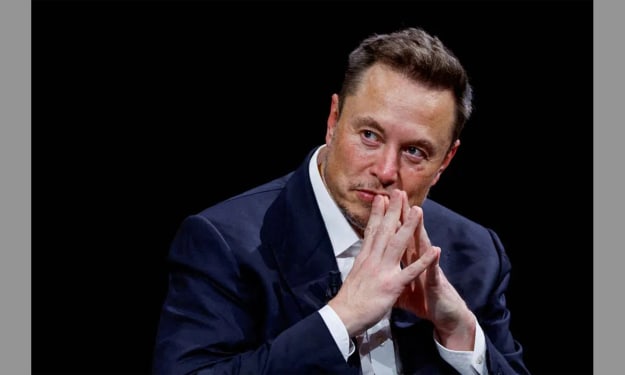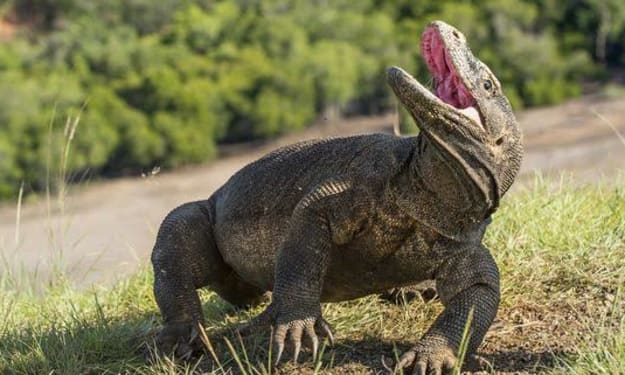Content warning
This story may contain sensitive material or discuss topics that some readers may find distressing. Reader discretion is advised. The views and opinions expressed in this story are those of the author and do not necessarily reflect the official policy or position of Vocal.
Boeing’s Starliner set to launch astronauts to space station?
Boeing’s Starliner set to launch astronauts to space station

After years of delays and stumbles, Boeing’s Starliner will finally blast off from Cape Canaveral in Florida to launch astronauts to the International Space Station (ISS) for NASA.
If it is successful, it will become the second private firm able to provide crew transport to and from the ISS, alongside Elon Musk's SpaceX.
Nasa no longer wants to own and operate such vehicles, preferring now to buy the service from the commercial sector.
The scheduled lift-off is set for 22:34 local time on Monday (03:34 BST Tuesday).
But the launch is also a moment of jeopardy for Boeing. Its airline business is under pressure because of a series of accidents. And the firm’s space sector is also under scrutiny following difficulties in developing Starliner itself.
“It’s a really big day for Boeing", commented Dr Simeon Barber, a space scientist at the Open University.
The company has been working on the spacecraft for so long, they have had a few problems with the test flights and there’s a lot riding on this”.
Starliner was originally due to have its first uncrewed test flight in 2015 but this was delayed until 2019. When it did occur, software glitches led to an internal clock malfunction, resulting in thrusters over-firing. So much fuel was consumed that the capsule couldn't reach the space station.
A second attempt was planned in August 2021 but delayed again until May 2022. An issue with the propulsion system was blamed. When Starliner did finally get off Earth, it managed to complete its full mission but concerns were then later raised about the performance of some thrusters and the craft's cooling system.
Correcting these faults and additional issues to do with the safety of wiring and parachutes pushed the first crewed demonstration back to where we are today
Nasa and Boeing would not have given the go ahead for astronauts to fly the mission unless they were certain all the glitches had been sorted out. And the launch will be aborted if there is any sign of problems with the spacecraft.
At a pre-flight news conference, a reporter put it to the Navy-trained astronauts that the setbacks must make their flight "scary" for friends and family.
Barry "Butch" Wilmore said it would be wrong to describe the various technical issues as "setbacks".
"We'd call them steps forward. We find an issue and rectify that and we have articulated that to our families so that they understand that," he added.
And Sunita "Suni" Williams, who will pilot the spacecraft, commented: "We are all here because we are all ready. Our friends and family have heard about it and we've talked about it and they are happy and proud that we are part of the process to fix it all."
Starliner is 5m tall and 4.6m wide (16.5ft by 15ft), when attached to its rear service module. It's wider than the capsule used in the Apollo missions. There's room for up to seven astronauts, although it will probably fly routinely with just four. It's intended to be reusable and fly up to 10 times.
The spacecraft launch at in the early hours of Tuesday morning should see it cross the southwest of the UK about 20 minutes after lift-off.
During the journey to the ISS, the crew will test seats, assess onboard life-support and navigation systems, as well as evaluating the system that moves cargo into the ISS.
They will also be testing brand new space suits. Wilmore and Williams will be wearing Boeing's blue suit, which is about 40% lighter than earlier generations of spacesuits worn by American astronauts - and more flexible. The suit also has touchscreen-sensitive gloves, so the astronauts can work with tablets in the spacecraft.
Starliner will be docked with the ISS for around 10 days before returning to Earth. Unlike re-entries by previous US capsules that splashed down in the sea, Starliner will touch down on land somewhere in the southwestern United States. A heatshield and parachutes will slow the descent before airbags open to soften the moment of impact with the ground.
If all goes to plan, Starliner will be certified for regular crew missions to the ISS. Its next launch – most probably early next year - will carry four astronauts as well as equipment and supplies.
About the Creator
Angel Malaika
hi i am angel malaika🤞 i love to write especially about technology i love to write in class i am 18 yrs old i have failed in school everyone please pray for me and subscribe my account and my posts friends Thank you all for sharing ❤️❣️
Enjoyed the story? Support the Creator.
Subscribe for free to receive all their stories in your feed. You could also pledge your support or give them a one-off tip, letting them know you appreciate their work.






Comments
There are no comments for this story
Be the first to respond and start the conversation.